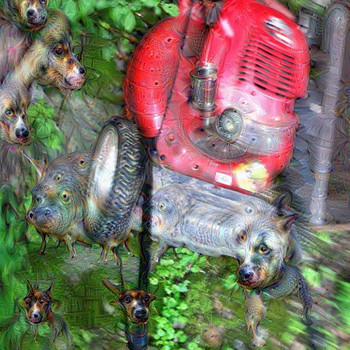Question #13c34
1 Answer
Let's assume that the girl's head rests on one scale, which I assume is the one that read 290N and her feet rest on the other and that she lies flat out.
Her weight is just given by the sum = 402N, which taking g = 10 N/kg gives 40.2kg.
To get the actual distance, I would also need to know how tall she is, so I'll call it
Then, if
#290a=112b#
because the overall torque must be zero.
This gives:
#b=a290/112#
and therefore
#a+a290/112=h# ,
which solves to give
#a=h112/402# .
Typical human bodies have their centers of mass somewhere in their belly. Since we're not given the girl's height, it's only possible to say that her center of mass is about 1/4 of the way from the scale which reads 290 N. For young children, their center of mass can be a little higher in their chest. Given the total mass of about 40 kg, the child seems a little old to still have a center of mass so high. One might suspect that these numbers do not describe an average human. This individual might, for example, have only one leg.


